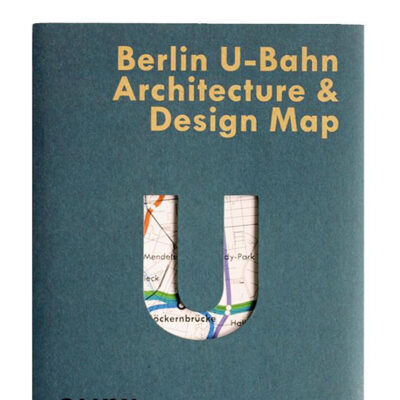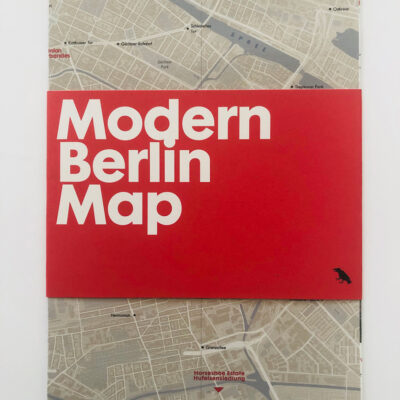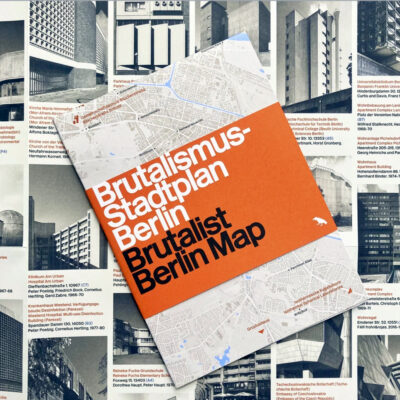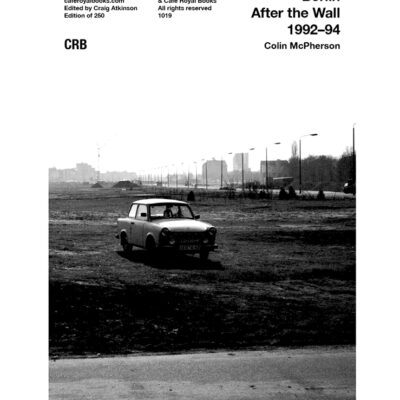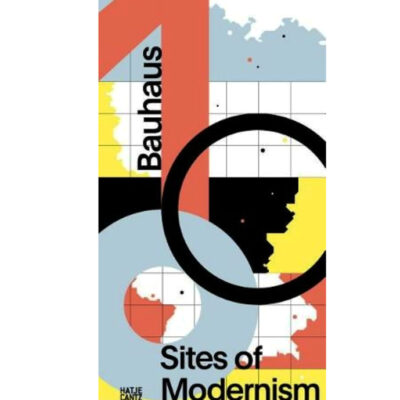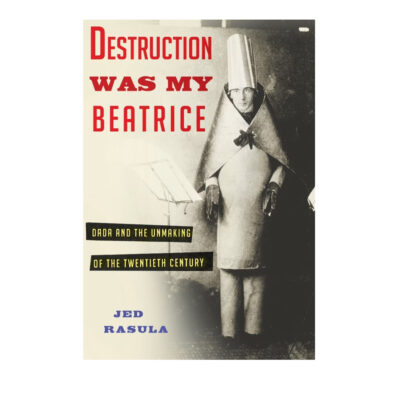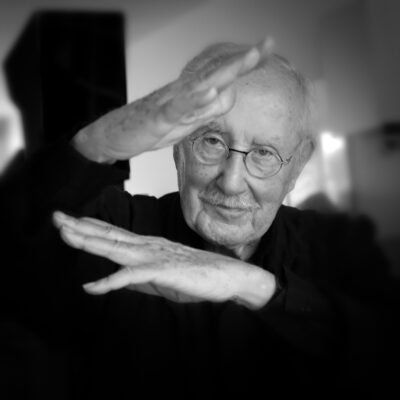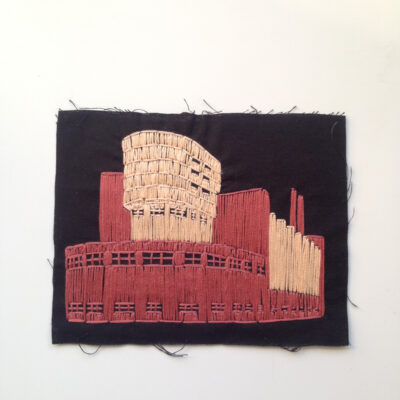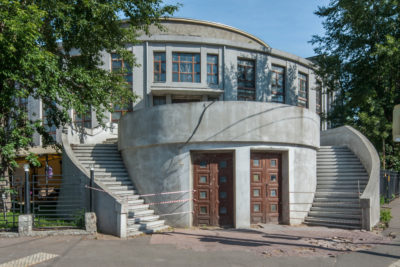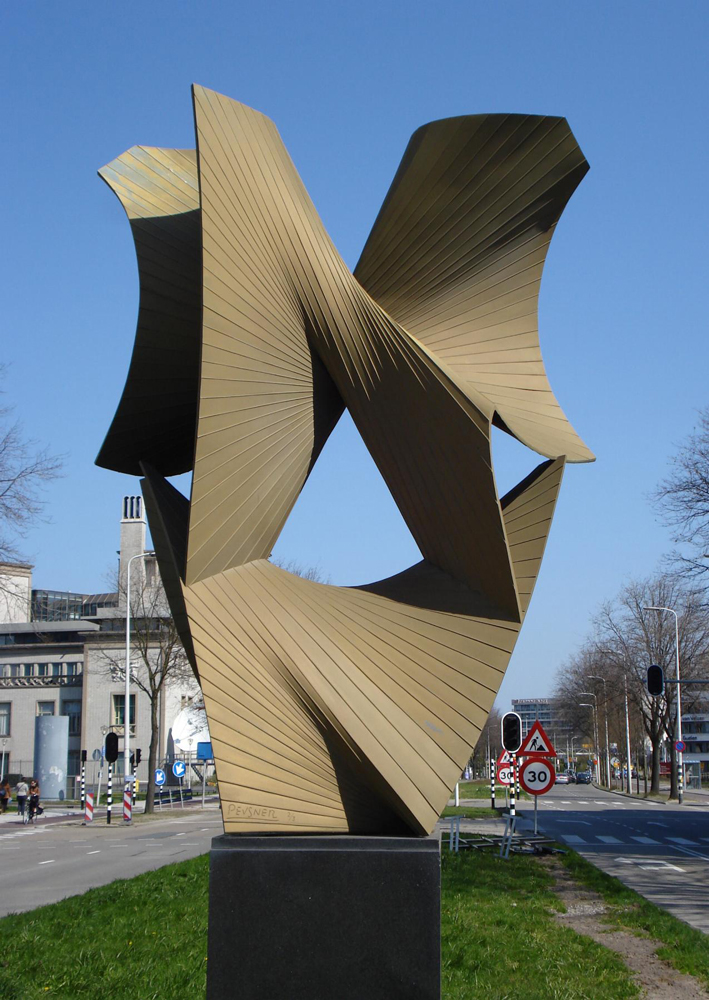
Antoine Pevsner
A lifetime of experimentation
French by choice, Russian by birth, Natan Borisovich Pevzner was born in Bryansk, Russia in 1886 to a comfortably off, entirely secular, Jewish family. Financial stability gave Natan the freedom to pursue a career as an artist. Whilst he began expressing himself by painting he ultimately turned to sculpture for which he is best known in his later incarnation as Antoine Pevzner. Living in a time of enormous change he was recognised alongside his brother Naum Gabo for their activism in the development of art in the very new Soviet state. Antoine is recognised for his important contribution to the development of Constructivism.
Educated at the Kiev School of Fine Arts and at the Academy of Beaux-Art in St Petersburg, before WW1 Antoine visited Paris and became captivated by Cubism. This is where, Annely Juda Fine Arts notes ‘he first saw the work of Robert Delaunay, Albert Gleizes, Fernand Léger, and Jean Metzinger. On a second visit to Paris in 1913, he met Amedeo Modigliani and Alexander Archipenko who encouraged his interest in Cubism.’
He followed his brother Naum Gabo who was carving out his own equally spectacular career, to Oslo to see the war out and the brothers returned to Russia in the spring of 1917 on the eve of the Russian Revolution. Antoine (still Natan at this point) took up a job as a teacher at the Moscow Academy of Free Arts alongside Malevich and Kandinsky.
Naum Gabo wrote the Realist Manifesto in 1920 and together with his brothers Alexil and Natan who were both signatories, spread posters across Moscow and created an open air exhibition in the Tverskoi public gardens. For the young Antoine there were no boundries or borders in art development and his interests were wide ranging, some embraced such as Kinetic Art – some rejected later, such as Cubism and Futurism.
Naum and Antoine co-founded one of Moscow’s International Constructivist Movements groups but it was clear that they saw their role both internally in the Soviet Union and abroad. Antoine’s determination to continue to create abstract art was always going to put him in the cross hairs of the Soviet Government, who by the early 1920s, saw abstraction as highly problematic. It was only a matter of time before he was removed from his teaching position and banned from painting. In order to continue to express himself freely he left Moscow to settle in Berlin in 1921 where his brother Naum was already considered ‘one of the most important representatives of the Russian avant-garde in Berlin during the 1920s’ according to the Berlinische Galerie.
Two years later Antoine moved to again this time permanently to Paris in 1923. In 1930 he became a French Citizen – it is said that at this point Natan wished to be known exclusively as Antoine.
In Paris he developed his individual style and began to translate his artistic language into Constructivist sculptures using a wide variety of metals. He continued throughout his life to experiment with function, mass, geometry, space and voids, typified by pieces such as Bas-relief en creux in brass and bronze in 1926 and his later bronze Column of Peace in 1954. Other interwar years projects in Paris included the set design for the ballet La Chatte with Naum Gabo for Diaghilev.
As the decade rolled on what was clear to the Jewish born brothers was that the political uncertainty in Europe presented a problem of safety. Naum left for London in 1936. Little is known about Antoine’s plight during the war however research in the MoMA archive has shown that Marga Scolari Barr and Alfred H Barr were ‘involved in his case’.
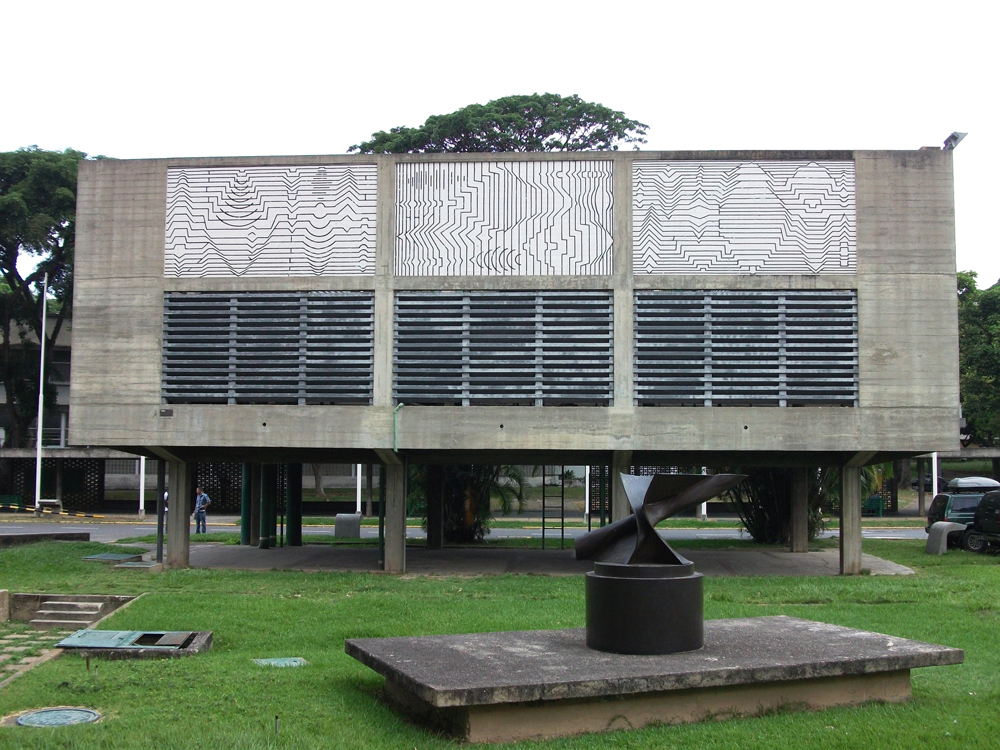
Central University of Caracas with Pevsner Sculpture in the foreground Image Mitchell Mangalia CC BY SA 4.0
Whilst Antoine had built a reputation from his early days studying art in Russia it was really in the post war period in France that he found real success and international recognition. He continued his political activism using the medium of the Arts and in 1946 Antoine became a co-founder of the Réalités Nouvelles group of artists exhibiting in France.
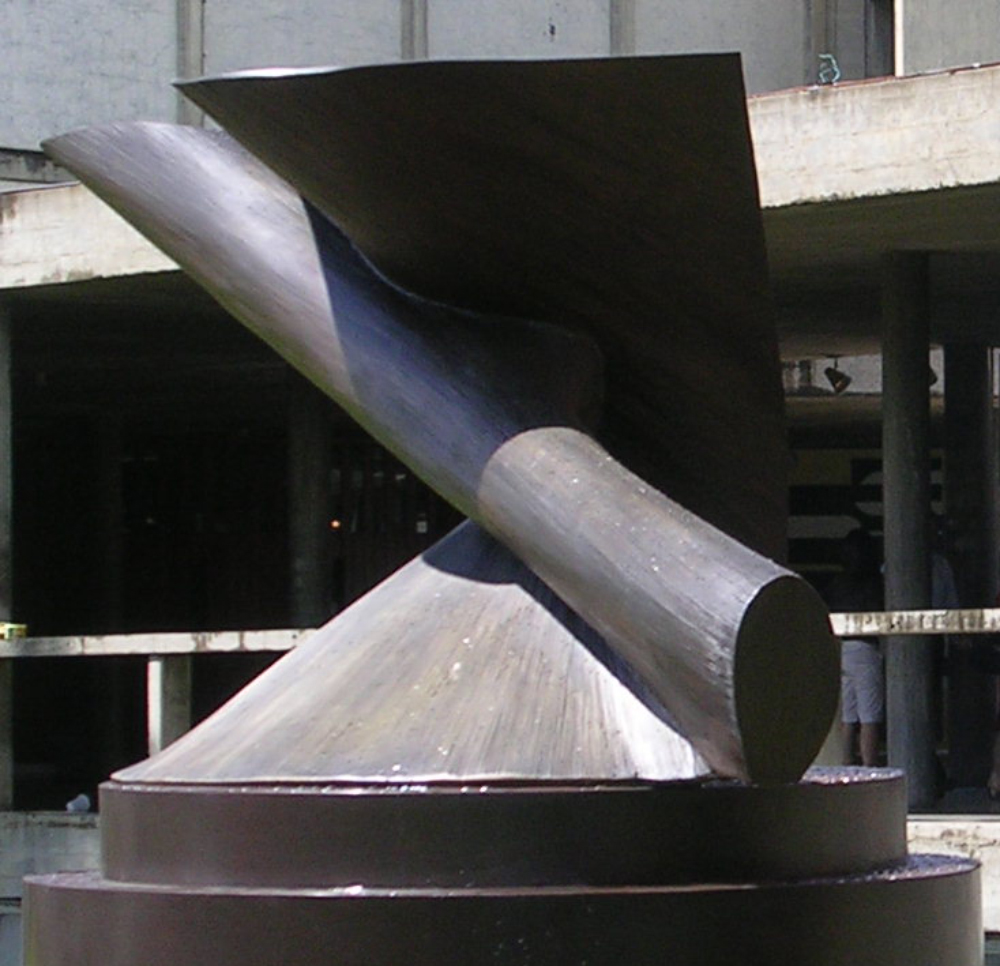
Antoine Pevsner, Projection dynamique dans l’espace au 30° degrée, Central University of Venezuela CC BY SA 3.0 Image Caracas1830
Awarded the Croix de Chevalier of the Légion d’honneur in 1961, at the end of his life he donated a selection of his sculpture and art to the Pompidou in Paris who currently hold the largest collection of his sculpture, drawings and paintings.
Antoine Pevsner 1886 – 1962
Exhibitions and instillations include:
Galerie Percier, Paris 1924 with Naum Gabo
Museum of Modern Art Paris 1956-7
French Pavillon of the Venice Biennale 1958
Featured image of Projection dynamique dans l’espace au 30° degrée in the grounds of the University of Caracas – another in this series is held at the Pompidou in Paris




